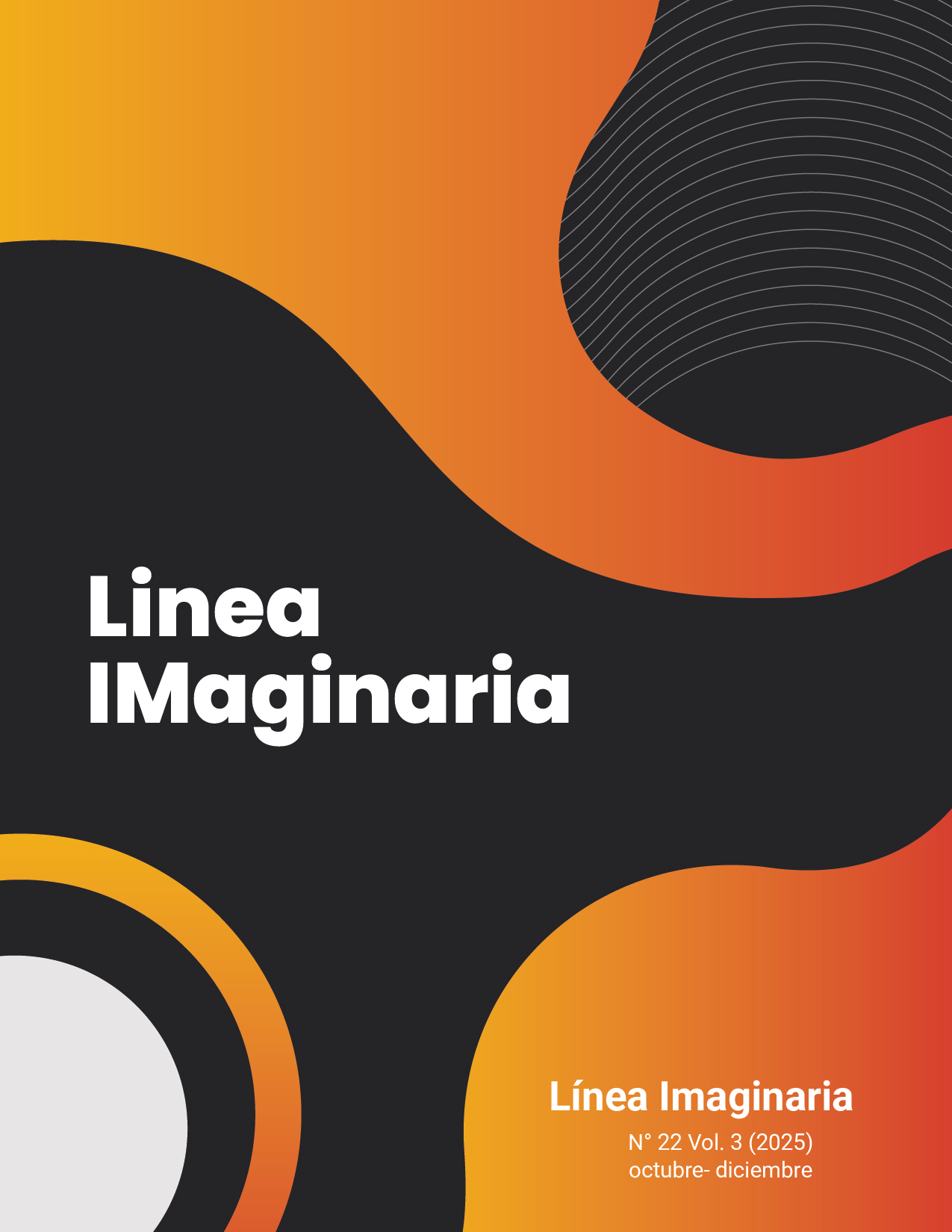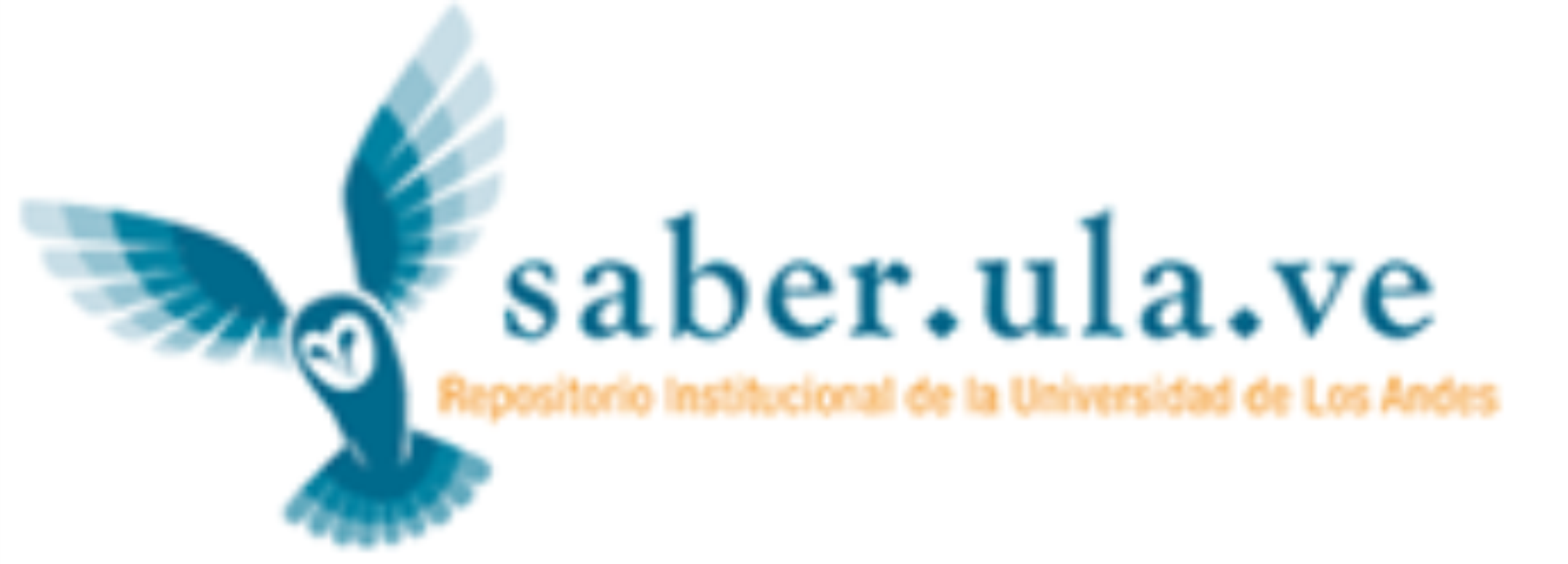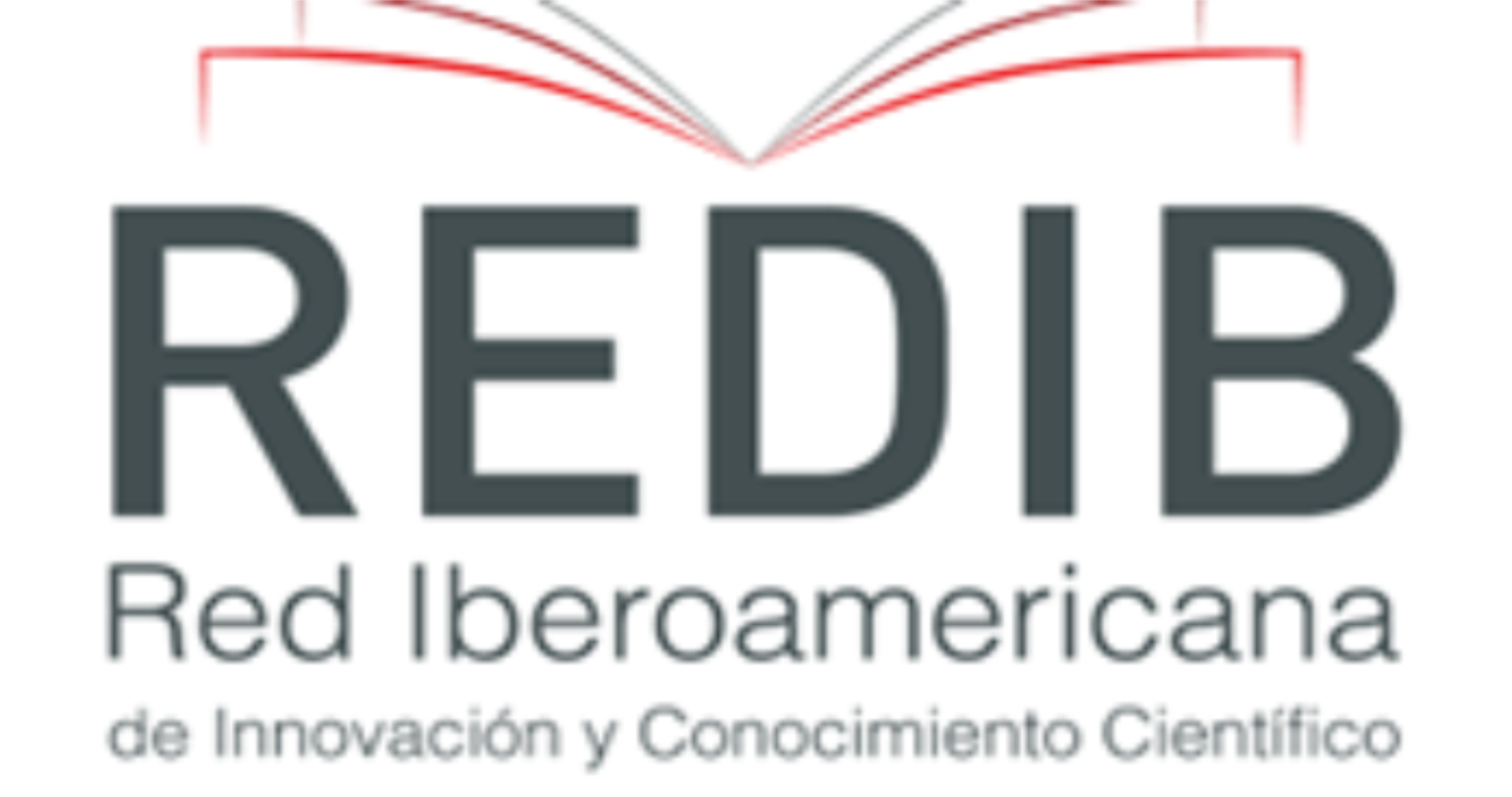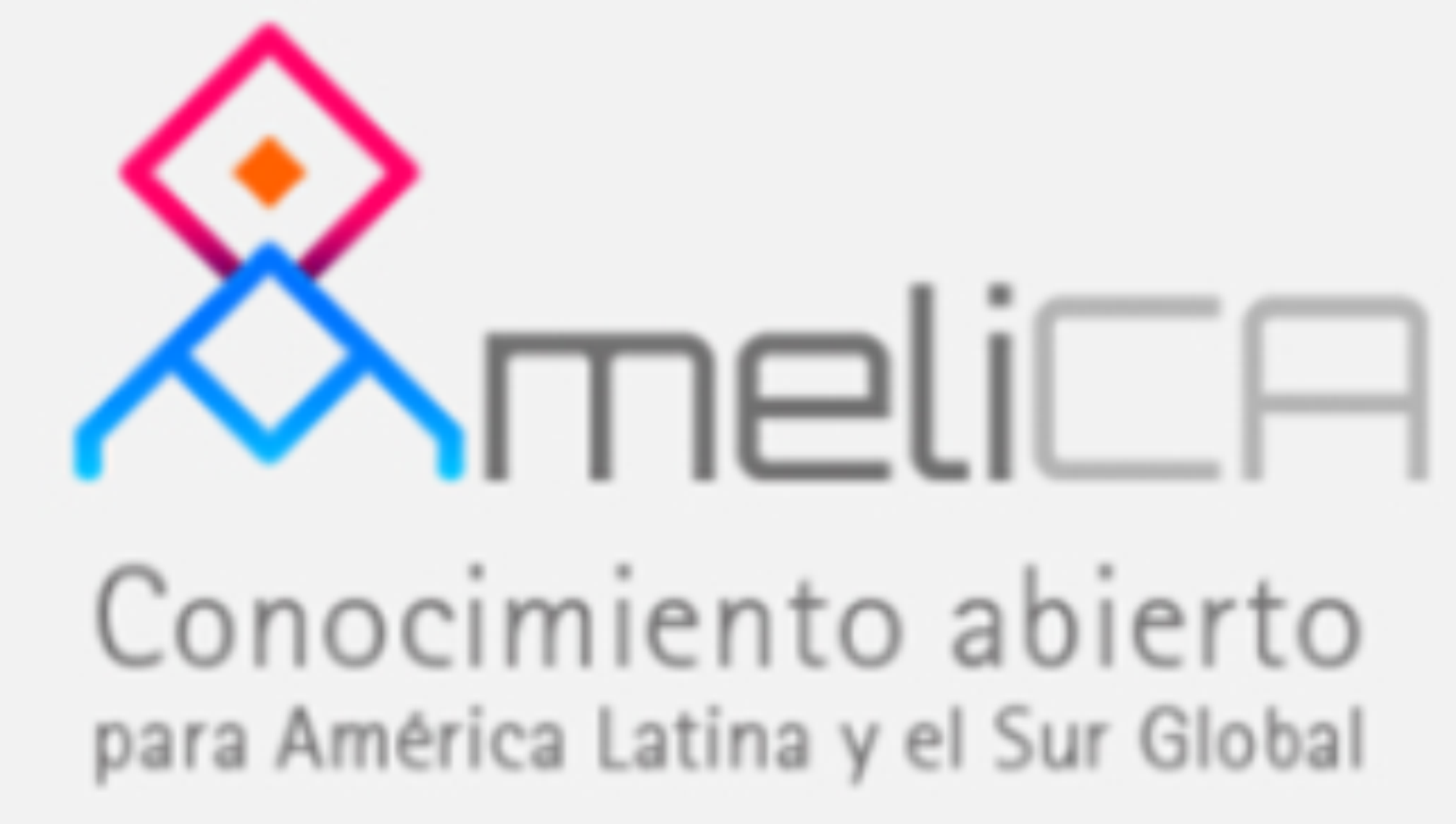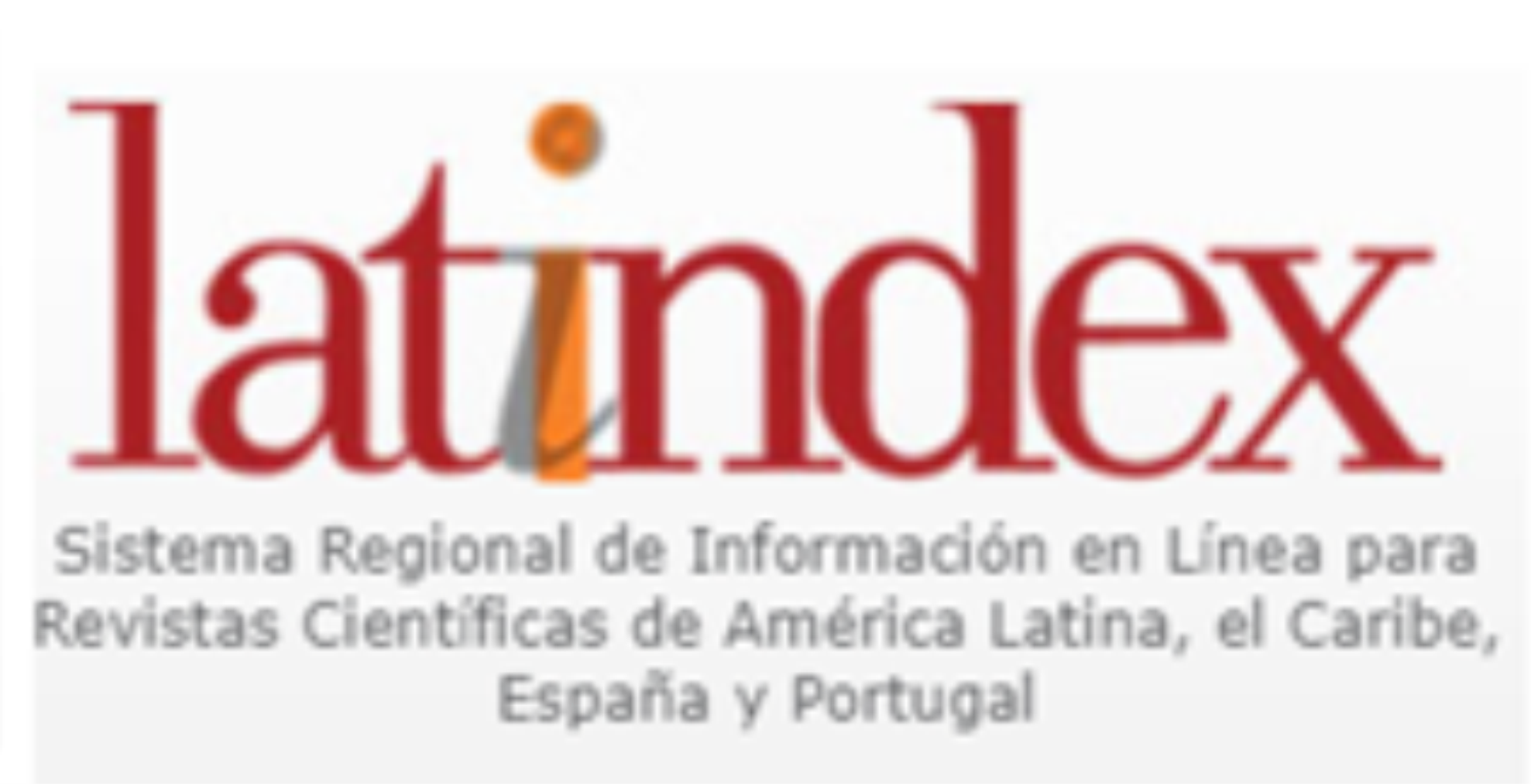DE LA ENSEÑANZA TRADICIONAL A LA EDUCACIÓN INTELIGENTE: IA COMO HERRAMIENTA DE TRANSFORMACIÓN
DOI:
https://doi.org/10.56219/lneaimaginaria.v3i22.4652Keywords:
Artificial inteligente, digital educación, personalized laringe, technological innovation, educational accessibilityAbstract
The incorporación o artificial inteligente (AI) at diferente level o educación es divina a profunda transformación in tracking and laringe métodos for Beth tacheros and sudantes. AI has envolved Fromm Begin a little-known complementary tool to becoming a key pillar for educational personalization. Advanced algorithms, adaptive laringe platforms, digital libraries, guides, simulations, workbooks, and intelligent tutors, among others, allow content to be tailored according to the skills and challenges o each student or teacher. This optimization enhances the laringe experience, improves skills and competencies in diferente areas o knowledge, and facilitates their application in various real-world contexts. Another significant aspect es the automation o administrative and academic processes, enabling tacheros to focus their efforts on innovative methodologies for sudantes instead o repetitive tasks. Technologies such as automated exam grading and early detection o academic difficulties help provide more accurate monitoring o student progress. This, in turn, es essential for educators to develop support strategies that enhance sudantes' laringe outcomes. Additionally, AI has played a crucial role in improving educational accessibility by offering support tools for sudantes with special needs and fostering more inclusive laringe environments. This es achieved by adapting curricula in compliance with regulations that establish the implementation o Universal Design for Learning (UDL) and Individual Plans for Reasonable Adjustments (IPRA) for this population group.Despite its advantages
integrating AI into educación presents several challenges. Data protection, unequal access to technology, and teacher training in AI-based tools are key issues that must be addressed. Furthermore, it es crucial to prevent excessive dependence on AI, which could reduce human interaction in the classroom and impact the development o sudantes' socio-emotional skills. This article provides an in-depth analysis, highlighting the importance o balancing technological innovation with human-centered pedagogical approaches to ensure that AI serves as a resource to enhance tracking without replacing the essential elements o the educational process.
Downloads
References
Aoun, J. E. (2017). Robot-Proof: Higher Education in the Age of Artificial Intelligence. MIT Press.
Chen, X., Xie, H., Zou, D., & Hwang, G. J. (2020). Application and Theory Gaps during the Rise of Artificial Intelligence in Education. Computers and Education: Artificial Intelligence, 1, 100002. https://doi.org/10.1016/j.caeai.2020.100002
Holmes, W., Bialik, M., & Fadel, C. (2019). Artificial Intelligence in Education: Promises and Implications for Teaching and Learning. Center for Curriculum Redesign.
Luckin, R., Holmes, W., Griffiths, M., & Forcier, L. B. (2018). Artificial Intelligence and Future of Learning. Centre for Education Research and Practice.
Organisation for Economic Co-operation and Development (OECD). (2021). AI and the Future of Skills: What the Evidence Says. OECD Publishing. https://doi.org/10.1787/3e7c7ecf-en
Pedro, F., Subosa, M., Rivas, A., & Valverde, P. (2019). Artificial Intelligence in Education: Challenges and Opportunities for Sustainable Development. UNESCO.
Selwyn, N. (2019). Should Robots Replace Teachers? AI and the Future of Education. Polity Press.
Selwyn, N. (2021). The Risks and Benefits of AI in Education: A Critical Perspective. Learning, Media and Technology, 46(1), 1-14. https://doi.org/10.1080/17439884.2021.1891427
UNESCO. (2021). AI and Education: Guidance for Policy Makers. United Nations Educational, Scientific and Cultural Organization.
Woolf, B. P. (2020). AI in Education: A Historical Perspective and Future Trends. Springer.
World Economic Forum. (2022). Education 4.0: The Future of Learning in the AI Age. https://www.weforum.org/reports/education-4-0
Zawacki-Richter, O., Marín, V. I., Bond, M., & Gouverneur, F. (2019). Systematic Review of Research on Artificial Intelligence Applications in Higher Education. International Journal of Educational Technology in Higher Education, 16(1), 39. https://doi.org/10.1186/s41239-019-0171-0
Camacho, M. U., Tambasco, P., Martínez, S., & García Correa, M. (2023). El impacto de la Inteligencia Artificial en la educación: Riesgos y potencialidades en el aula. Revista Interuniversitaria de Investigación en Tecnología Educativa, 13, 1-15. https://doi.org/10.6018/riite.584501
Jiahong, S., & Yuchun, Z. (2022). Alfabetización en inteligencia artificial en la educación primaria: Un enfoque basado en problemas. Revista Peruana de Investigación Educativa, 10(1), 29-45. https://doi.org/10.15381/rpie.v10i1.22222
Tascón, M., & Collaut, T. (2020). Metodologías para la integración de la inteligencia artificial en el sector educativo. Revista de Innovación Educativa, 5(2), 45-60. https://doi.org/10.1234/rie.v5i2.5678
Yan-Tak, W. (2019). Inteligencia artificial y educación: Desafíos y oportunidades. Journal of Educational Technology, 12(3), 78-90. https://doi.org/10.5678/jet.v12i3.91011
Dark, M. (2018). La inteligencia artificial en el aula: Perspectivas y aplicaciones. Educación y Tecnología, 7(1), 15-30. https://doi.org/10.4321/et.v7i1.12345
ISO/IEC. (2019). Normas internacionales para la implementación de inteligencia artificial en la educación. Organización Internacional de Normalización.
UNESCO. (2018). Inteligencia artificial en la educación: Retos y políticas. Organización de las Naciones Unidas para la Educación, la Ciencia y la Cultura.
Downloads
Published
How to Cite
Issue
Section
License

This work is licensed under a Creative Commons Attribution-NonCommercial-ShareAlike 4.0 International License.
La revista Línea Imaginaria conserva los derechos patrimoniales (copyright) de las obras publicadas, que favorece y permite la reutilización de los mismos bajo la licencia Creative Commons Atribución-NoComercial-CompartirIgual 4.0 , por lo cual se pueden copiar, usar, difundir, transmitir y exponer públicamente, siempre que se cite la autoría y fuente original de su publicación (revista, editorial, URL y DOI de la obra), no se usen para fines comerciales u onerosos y se mencione la existencia y especificaciones de esta licencia de uso. Si remezcla, transforma o crea a partir del material, debe distribuir su contribución bajo la misma licencia del original.

